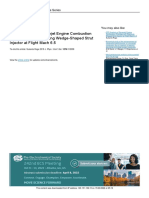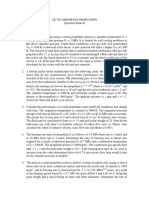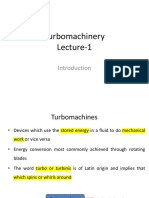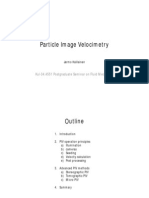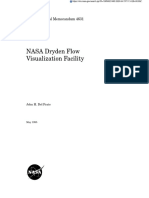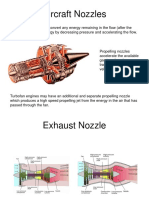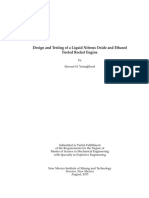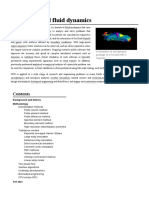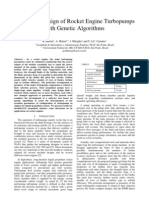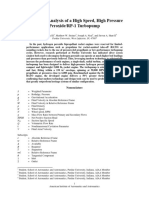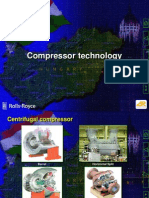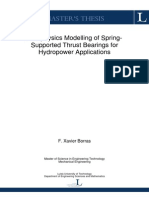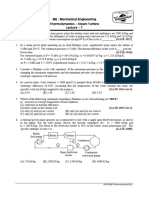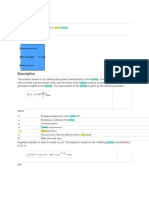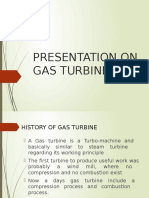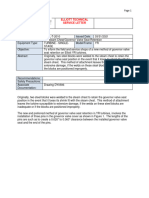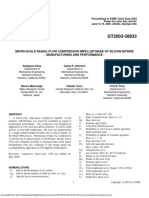0% found this document useful (0 votes)
139 views8 pagesTurbopump Liquid Rocket
DEVELOPMENT OF HIGHLY COMPETITIVE LIQUID ROCKET ENGINES IN TIME OF SPACE GOLD RUSH
Uploaded by
maryaoannaCopyright
© © All Rights Reserved
We take content rights seriously. If you suspect this is your content, claim it here.
Available Formats
Download as PDF, TXT or read online on Scribd
0% found this document useful (0 votes)
139 views8 pagesTurbopump Liquid Rocket
DEVELOPMENT OF HIGHLY COMPETITIVE LIQUID ROCKET ENGINES IN TIME OF SPACE GOLD RUSH
Uploaded by
maryaoannaCopyright
© © All Rights Reserved
We take content rights seriously. If you suspect this is your content, claim it here.
Available Formats
Download as PDF, TXT or read online on Scribd
/ 8






